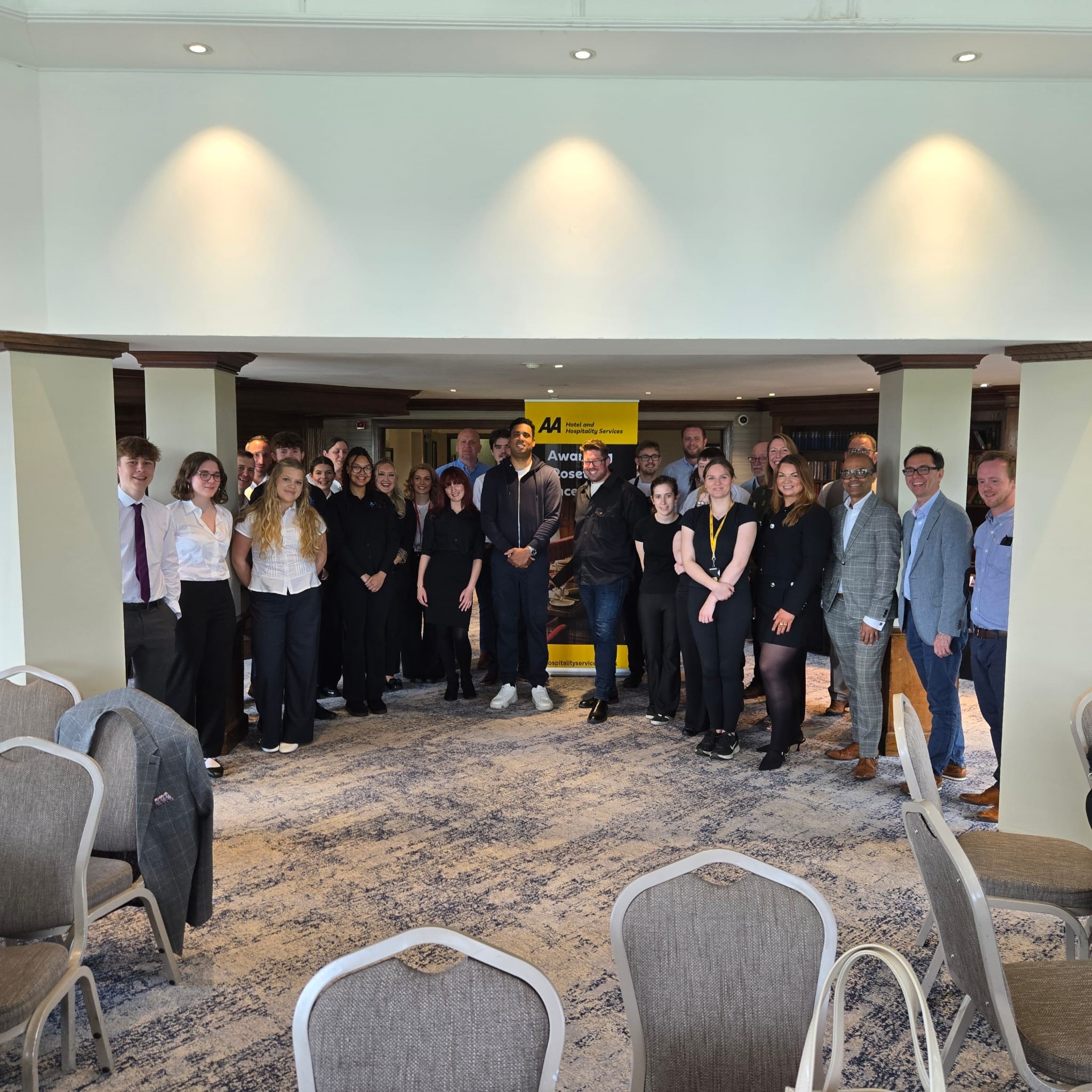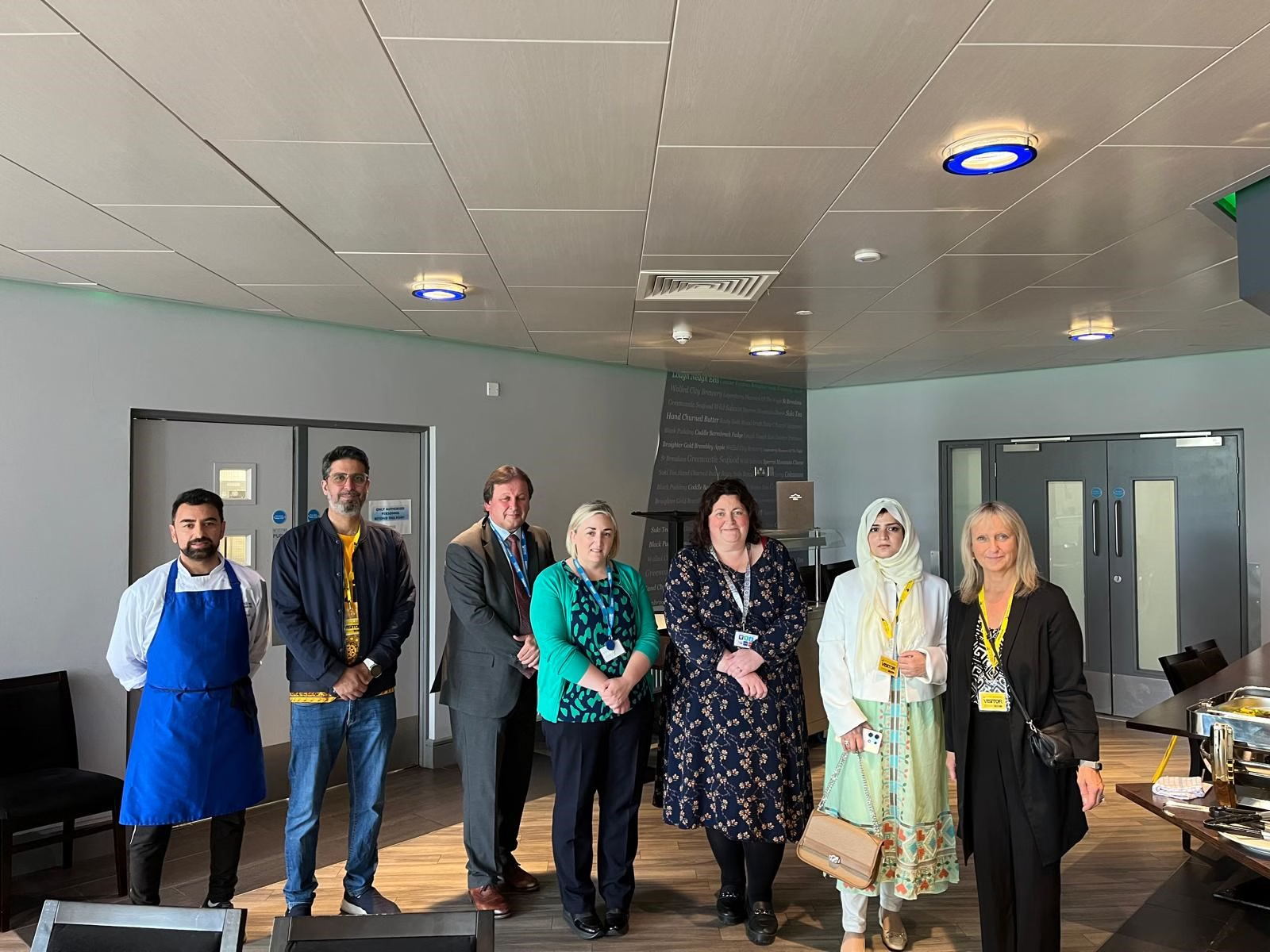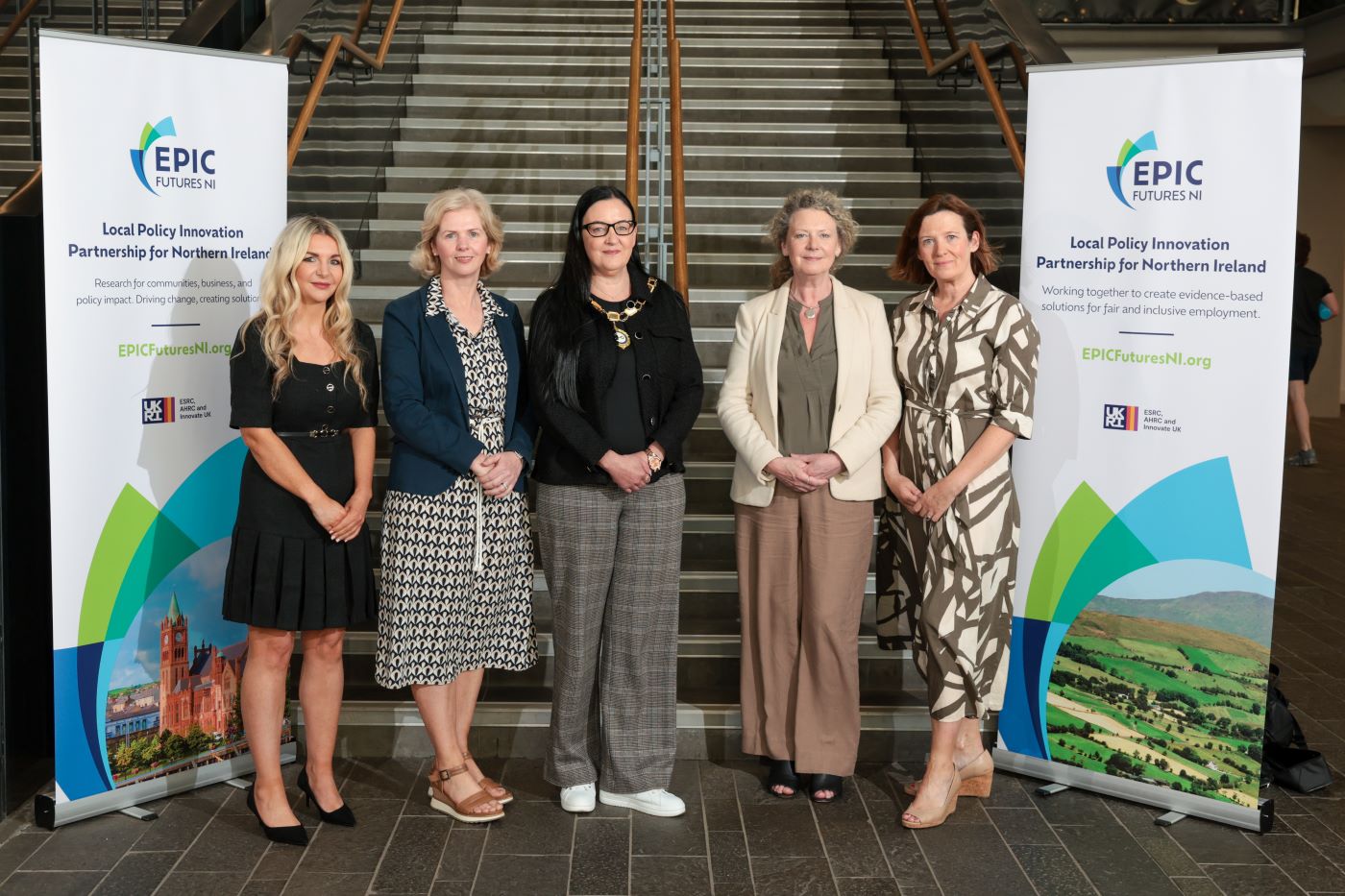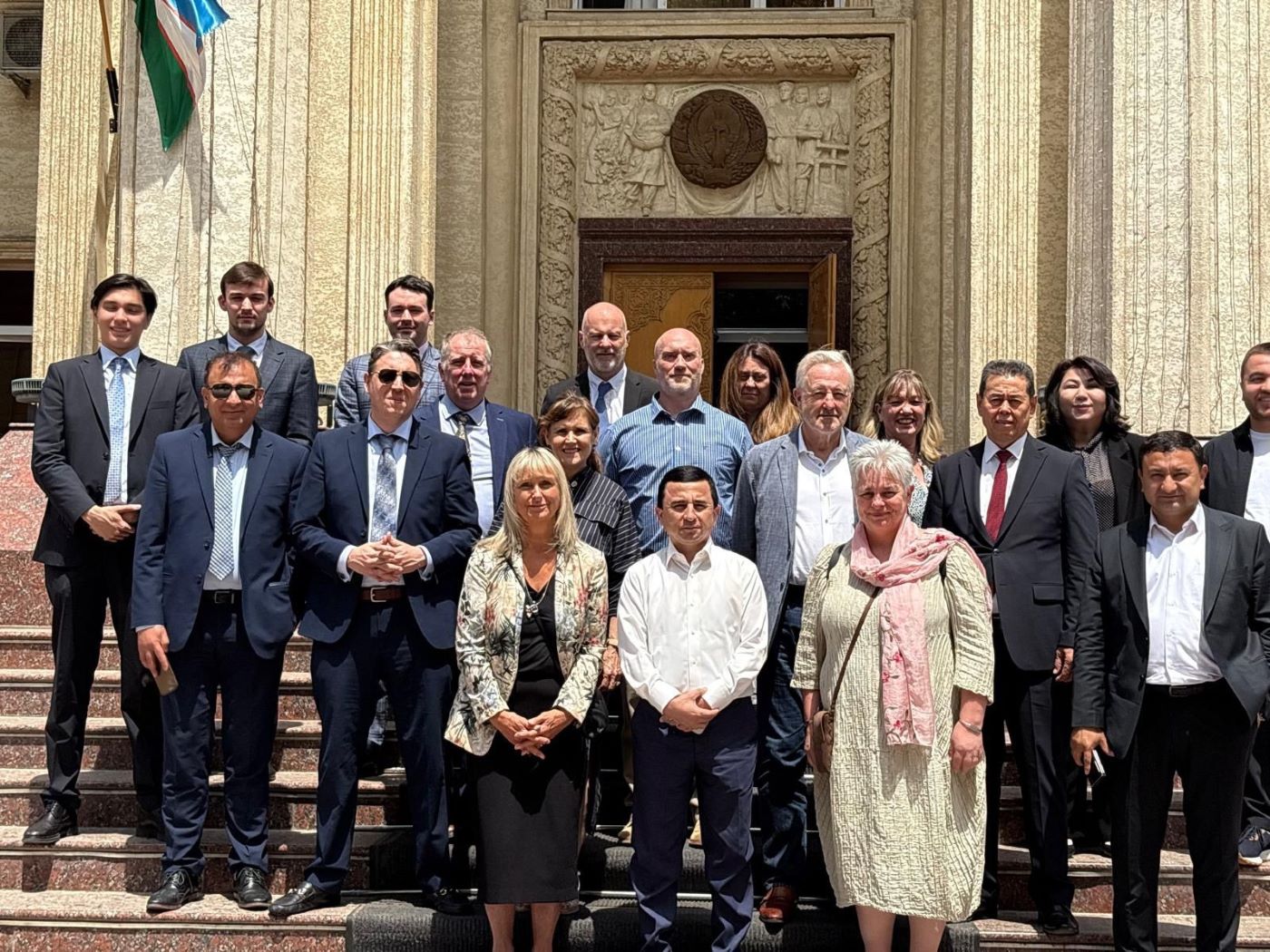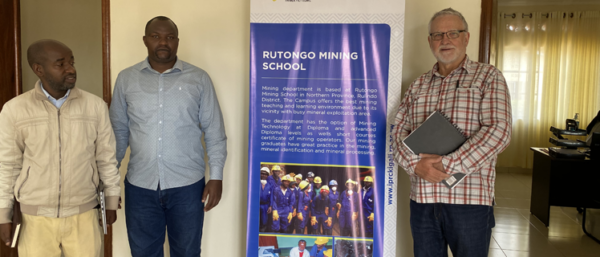
Learnings from approaches to labour market research in Rwanda
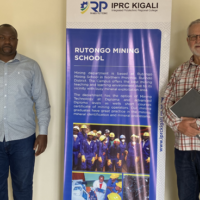 People 1st International
People 1st International
The mining sector in Rwanda has grown significantly since 2006 when it was privatised and proves to be an important source of export revenue, fostering increased growth and economic transformation.
As a priority sector for the country, it’s transition from a largely artisanal and small-scale mining to a professional and efficient mining industry relies on professionalisation of the sector with competent teams in place that lead operations at both technical and managerial levels[1]. To support this, the National Skills Development and Employment Promotion strategy 2019-2024, aims to revamp the Mining, Gas, and Petroleum Sector Skills Council (SSC) as the critical intermediary in the dialogue between skills supply and skills demand.
Over the past four months, we’ve been working in partnership with the Rwanda Mining Association, Rwanda Mines, Petroleum and Gas Board and Rwanda Development Board through a VET Toolbox project with Enabel to strengthen the capacities of the Mining, Gas, and Petroleum SSC.
To inform short, medium and long-term interventions that will bridge capacity and skills gaps in the industry, we carried out a holistic skills and labour market assessment of the mining industry as well as training the SSC team on how to conduct the assessments and comprehensive planning to bridge skills gaps.
The labour market assessment paid special attention to gender, decent work and inclusive TVET and employment in the industry and aimed to:
- understand skills demand / supply
- identify specific skill sets for employment for the particular target groups
- identify barriers and enablers to support change and inclusion.
The structure of the mining industry in Rwanda – where organisations report that up to 90% of their staff are local and non-permanent – meant that a traditional approach to labour market assessment would prove challenging. Employees were unlikely attend focus groups and complete surveys which meant we had to adapt and tailor our approach to the country context.
We engaged an in-country team of experts in research who also had strong links with the mining industry. They identified key businesses and the owner/managers and carried out 1:1 interviews by phone to input their responses into a survey which could then be analysed.
This approach ensured a strong representative sample geographically and by type and size organisation which meant we gained over 50% of industry participating as well as qualitative insights to enrich the survey data and provide additional intelligence on the labour market.
Key finding showed that:
- More than half of the organisations are encountering skills gaps (where they do not have the necessary skills within their internal workforce)
- Only 1 in 10 respondents feel that the skills they need cannot be found outside their organisation, which would indicate that there are low levels of skills shortages
- In terms of skills mismatches (where organisations are not utilising their internal workforce’s skills in the right way), just over one in seven are experiencing this.
The biggest challenge facing the industry in tackling these issues was found to be the use of temporary workers. Whilst regarded by those taking part in the labour market assessment as ‘cost-efficient’ and ‘relatively easy’, this type of work practice is a key weakness in skills development. It has a clear impact on the quality and consistency of training available with nearly 60% of organisations saying they did not offer training to staff.
When presenting our findings, we worked closely with project partners to reach a wide range of key stakeholders. This collaborative approach brought in the main associations, individual employers, government departments and educators to a discussion platform for the future of skills development in mining.
Our recommendations on a roadmap for professionalising the mining sector outlined four key stages, within which labour market information (LMI) remains a critical part:
- Stage 1: Strengthen LMI processes based on the 10-step standardised methodology presented in the LMI Road Map
- Stage 2: Establish a fully functioning and sustainable SSC for mining that can both drive demand and develop solutions for skills
- Stage 3: Based on a strong skills strategy, apply the LMI and employers’ requirements to the education and skills solutions
- Stage 4: Implement workforce development that results in new and existing employees who are skilled, safe, and recognised.
With a clear implementation plan now in place that will improve institutional effectiveness in labour market information and intelligence, partners will also be embarking on a journey to strengthen the governance and management of the SSC with key performance indicators agreed. A clear shift in attitude towards positive working practices and professional human resource management in Rwanda’s mining sector is vital and the SSC has a clear remit to raise awareness and encourage improvement based on the skills evidence produced through LMI.
